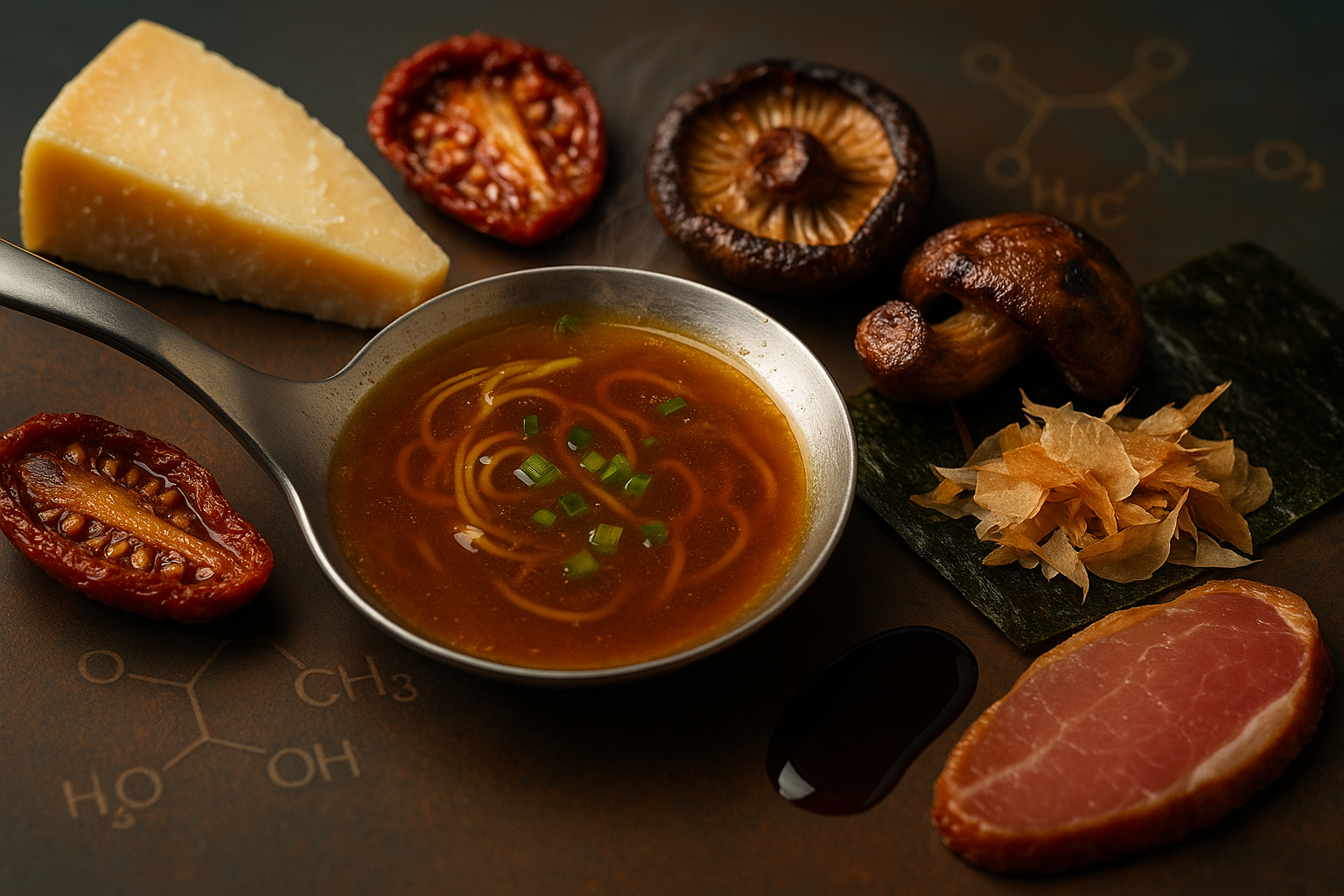
What is the Difference Between Low and High Methoxyl Pectin
SUBSCRIBE TO OUR BLOG
Promotions, new products, and recipes.
LM vs HM Pectin: The Clear, No-Guess Guide to Perfect Gels (Plus Real-World Formulation Tips)
Short answer: LM pectin (degree of esterification, DE < 50%) gels with calcium ions across a broader pH range (≈2–6), which makes it ideal for low- or no-sugar preserves, stabilized dairy, and vegan gummies. HM pectin (DE ≥ 50%) gels with high soluble solids (≈55–75% sugar) at low pH (~2.8–3.5), delivering classic jam/jelly texture and bright fruit flavor.
Pick LM when you can add/calibrate Ca²⁺ and want reduced sugars; pick HM when you already have high sugar + low pH and want that traditional, glossy set. For easier low-sugar gels, amidated LM (LMA) needs less calcium and is less prone to precipitation.
What You Will Learn
- The exact differences between LM, LMA, and HM pectin (DE %, gel mechanisms).
- Working pH, Brix, and calcium ranges (with quick reference tables).
- How to choose the right pectin for jams, dairy, beverages, and gummies.
- How amidation changes LM behavior (needs less Ca²⁺, broader window).
- Common troubleshooting: weeping, syneresis, tough gels, or non-sets.
- Safe handling: hydration, dispersion, and order of addition tips.
LM vs HM Basics (DE %, Sources, Mechanisms)
Methoxyl pectin is classified by its degree of esterification (DE)—the % of galacturonic acid units esterified with methanol:
- LM pectin: DE < 50%. Typically extracted from citrus/apple; can be produced by controlled de-esterification of HM. Gels with calcium via “egg-box” crosslinks.
- HM pectin: DE ≥ 50%. Typically citrus peel/apple pomace. Gels with high sugar at low pH via hydrophobic interactions and hydrogen bonding.
Why it matters: the gel mechanism dictates the inputs you must control (Ca²⁺ or sugar/pH), and therefore the best application (reduced-sugar vs classic sweets).
Low Methoxyl (LM) & Amidated LM (LMA)
LM forms gels when divalent cations (typically Ca²⁺) bridge carboxyl groups—often described by the egg-box model. This works over a relatively broad pH ≈ 2–6, making LM ideal for low-sugar jams, fruit preps for dairy, and vegan gummies.
- Typical use: 0.5–1.5% LM pectin (product-dependent) with controlled Ca²⁺ addition.
- Amidated LM (LMA): some carboxyls are converted to amides—this reduces Ca²⁺ demand, increases tolerance, and helps avoid precipitation in low-sugar systems.
- Process tip: disperse LM/LMA into sugar (or dry blend), then hydrate with vigorous agitation ~70–85°C; add Ca²⁺ late and mix quickly for uniform set.
High Methoxyl (HM)
HM gels when soluble solids are high (≈55–75% sugar) and pH is low (~2.8–3.5). It’s the go-to for traditional jams, jellies, marmalades, and some confectionery.
- Set rate is tuned by pectin grade (rapid/medium/slow set) and affects pourability, fruit suspension, and sheen.
- Process tip: dissolve HM thoroughly before acidifying; hit target Brix and then adjust pH to avoid premature set or weeping.
Quick Comparison Tables
LM vs HM at a Glance
| Attribute | LM (incl. LMA) | HM |
|---|---|---|
| Degree of Esterification | < 50% | ≥ 50% |
| Primary Gel Driver | Ca²⁺ crosslinking (“egg-box”) | High sugar + low pH (H-bonding/hydrophobics) |
| Working pH | ≈ 2–6 (product-dependent) | ≈ 2.8–3.5 |
| Sugar Requirement | Low to none | ≈ 55–75% soluble solids |
| Best For | Low-sugar jams, fruit preps, dairy, vegan gummies | Traditional jams/jellies, marmalades, confectionery |
Amidated LM (LMA) vs Non-Amidated LM
| Attribute | LMA | LM |
|---|---|---|
| Calcium Need | Lower (easier low-sugar set) | Higher |
| Precipitation Risk | Lower | Higher if Ca²⁺ not controlled |
| Texture Control | More forgiving | Precise Ca²⁺ balance needed |
How to Choose the Right Pectin
- Start with your sugars: If your finished Brix will be ≥ 55–65% and pH ~3.0, HM is the default. If not, use LM/LMA and dose Ca²⁺.
- Set speed & texture: Select HM grade (rapid/slow) or adjust Ca²⁺ and cool rate for LM/LMA to tune gel firmness and bite.
- Matrix & storage: Dairy/acidified beverage? LM/LMA can stabilize particulates and reduce whey-off. Shelf-stable jam? HM gives classic sheen and spread.
- Process practicality: If Ca²⁺ metering is hard, HM may be simpler. If sugar must be low, LM/LMA wins.
Key Factors Affecting Gelation
- pH: LM tolerates ≈2–6; HM needs ≈2.8–3.5 to gel.
- Soluble solids (Brix): HM requires ≈55–75% sugar; LM does not.
- Calcium ions: Essential for LM/LMA (control total calcium and sequestrants).
- Cooling rate & shear: Impact final gel network and syneresis.
Applications & Formulation Notes
Low-Sugar Jams & Fruit Preps (LM/LMA)
- 0.8–1.2% LM/LMA; add Ca²⁺ late; fill hot; minimal shear after Ca²⁺.
- For fruit identity, use slow-set LM or slightly lower Ca²⁺ for softer bite.
Classic Jams/Jellies (HM)
- Target Brix 60–65; dissolve pectin fully; acidify to pH ~3.0 near end.
- Choose set speed for pour window and fruit suspension.
Dairy & Acidified Beverages (LM/LMA)
- Stabilize casein and pulp; reduce whey-off. Hydrate pectin well before adding to dairy base.
Summary
LM/LMA if you want low sugar and can manage Ca²⁺; HM if you already have high Brix + low pH and want the classic set. Use our Gel Strength & Bloom Calculator and Hydrocolloid Glossary for quick conversions and definitions.
FAQ
What’s the exact cutoff between LM and HM?
DE 50% is the standard threshold (LM < 50%; HM ≥ 50%).
Why does LM need calcium?
Ca²⁺ bridges carboxyl groups on LM chains, building an “egg-box” network for gelation.
What pH and sugar does HM need?
Typically pH ≈ 2.8–3.5 with ≈55–75% soluble solids (sugar and acids cooperate to drive gelation).
When should I use amidated LM (LMA)?
For low-/no-sugar products where you want an easier, more tolerant set—LMA needs less Ca²⁺ and resists precipitation.
Can I swap LM for HM 1:1?
No. The mechanism and inputs differ. Reformulate around Ca²⁺ for LM or sugar/pH for HM.
Why did my LM jam “weep” or set too hard?
Ca²⁺ too high or uneven, insufficient dispersion/hydration, or cooling too fast. Adjust Ca²⁺ and mixing.
Is pectin vegan?
Yes—pectin is a plant-derived hydrocolloid (citrus peel/apple pomace).
What are typical use levels?
Often 0.5–1.5% (product-dependent). Follow supplier specs and run trials.
How do I disperse pectin without clumps?
Dry-blend with sugar, then hydrate under strong agitation at 70–85°C before adding acid or Ca²⁺.
Where can I learn more?
See our Ultimate Guide to Pectin and Hydrocolloids Hub.

|
About the Author Ed is the founder of Cape Crystal Brands, editor of the Beginner’s Guide to Hydrocolloids, and a passionate advocate for making food science accessible to all. Discover premium ingredients, expert resources, and free formulation tools at capecrystalbrands.com/tools. — Ed |
Enjoyed this post? Subscribe to The Crystal Scoop
Food-science tips, ingredient know-how, and recipes. No spam—unsubscribe anytime.
- Choosing a selection results in a full page refresh.



